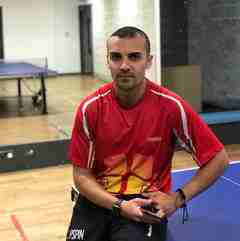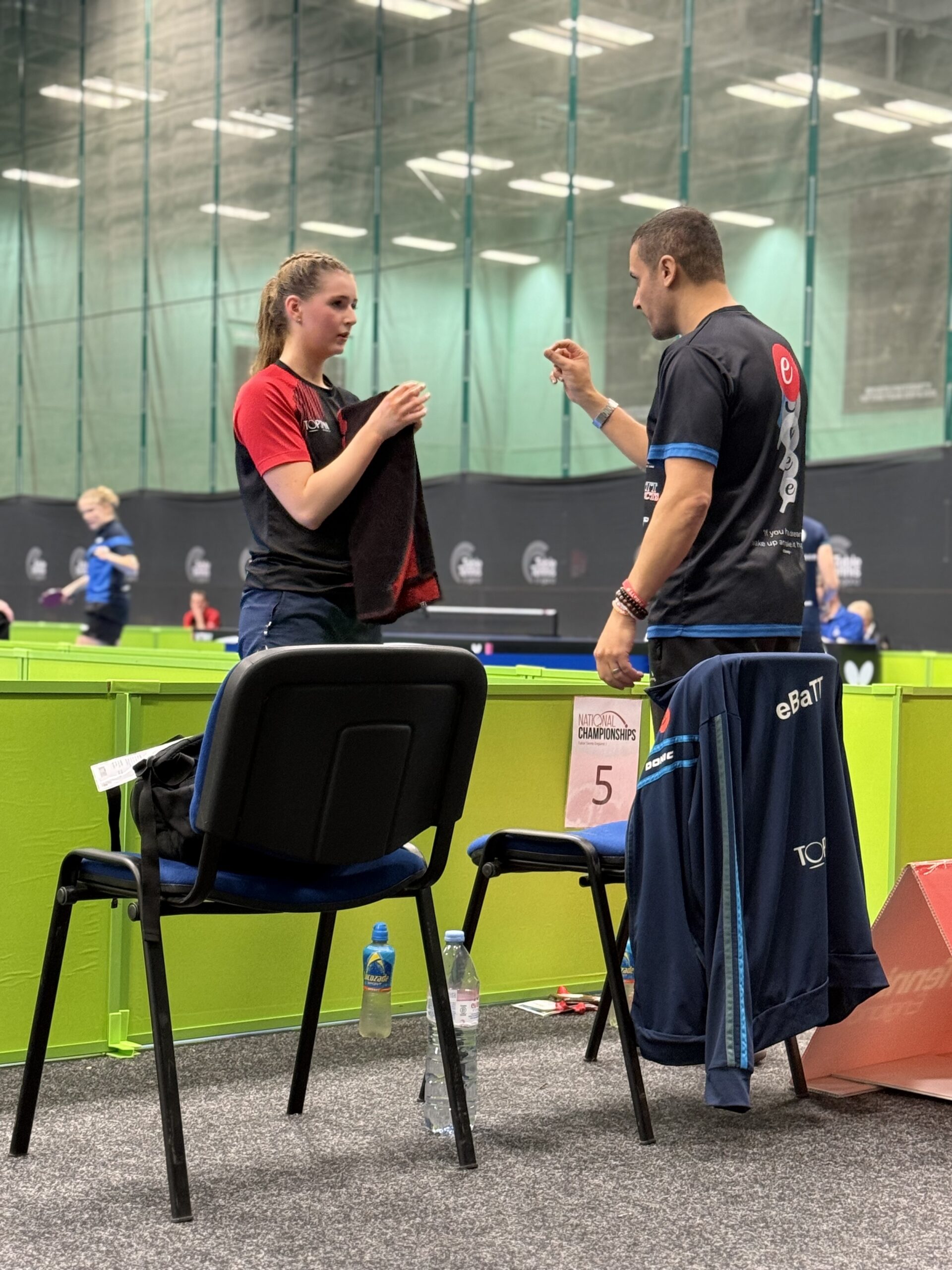
How to Improve Your Table Tennis off the table?
How do I improve my table tennis off the table, is a question I’m often asked. There’s a common misconception that many players have, “if

How do I improve my table tennis off the table, is a question I’m often asked. There’s a common misconception that many players have, “if

Most if not all table tennis players have used or are using a training method. whether it be regular, irregular or match play training
As coaches and players, we thrive to achieve our potential and table tennis communication is often something both parties lack. Coach’s, in particular, portray their

Fail to Plan, Plan to Fail, I am a great believer in the saying, fail to plan, plan to fail! And through my early life, I

One of the hardest things to improve is your table tennis ball placement. I think most of us see the top player hitting the ball hard,







eBaTT – Table Tennis Centre
Our Table Tennis Club is a dedicated table tennis centre based in North West London. We provide and cater for anyone and everyone. This includes; table hire, group coaching, adult coaching, service & receive clinics, senior citizen coaching, open club play, tournaments, events, ping pong birthday parties and we pride ourselves on being welcoming and friendly to all.
We are open 7 days a week offering a huge variety of open & closed, coaching & non-coaching group sessions
Get the latest updates by providing your email to us and thus becoming a subscriber to our newsletters, (once a month).